Who are the Sikhs and why did they become fierce warriors (5 photos)
And they had a huge impact on the entire history of India. 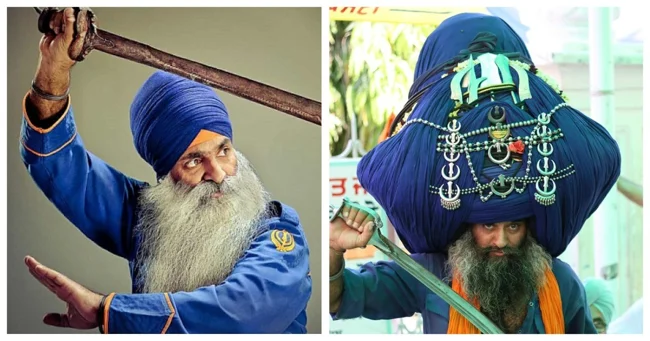
Sikhism emerged in the 15th century among the population of the Punjab plain. “Sikh” means disciple, his mentor is “guru”. Nanak became the first guru and is still revered to this day.
An interesting personality: he grew up in a wealthy family of a tax collector, since childhood he studied works on Hinduism and Islam, and knew four languages. And at the age of 30 he became an ascetic and went wandering. When he had covered almost all of India, he returned home and created his own teaching - Sikhism. By the age of 50, Nanak had acquired followers, grown a thick beard and written 10 spiritual books. Before his death, he chose the best disciple and made him the new guru. And so it went. 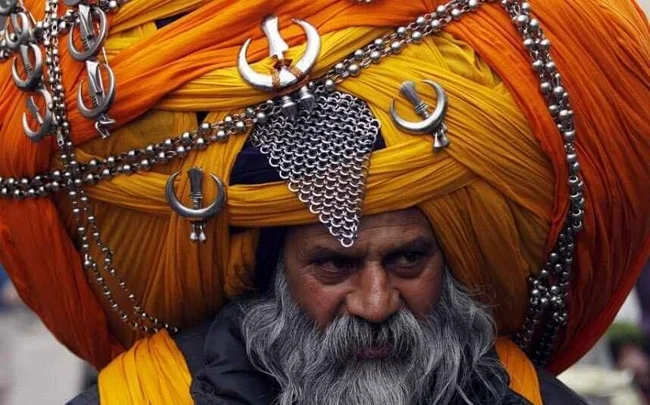
The weight of such a turban can reach 40 kg
Govind Singh is considered the most famous guru after Nanak. In 1699, he founded the Khalsa - “Brotherhood of the Pure” and his own army, all recruits added “Singh” to their name, which means Lion. At that time, Punjab entered the Mughal Empire, with which the Sikhs categorically disagreed and began an irreconcilable war. And their spiritual teaching turned into a religion of warriors.
A distinctive feature of the Sikhs were chakras - sharp throwing discs. Sikhs spun them and threw them up to 50 meters away, and wore them on a huge turban. 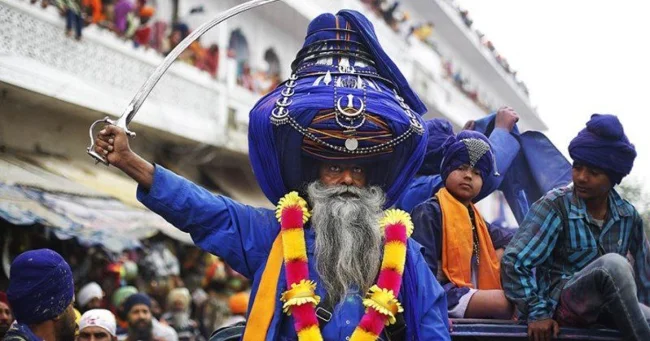
But despite their terrifying appearance and belligerence, the Sikhs still had to submit and enter the Mughal Empire. But soon the British appeared and conquered all of India, since then it has become the “pearl of the British Empire.” And if it’s not so poetic - the main cash cow, the British became fabulously rich, but the Indians rolled back almost to the early Middle Ages.
By the way, the British willingly recruited locals into the British Indian Army. With its help, they suppressed public protests and maintained order. The White Sahib - an English gentleman - led, and the Hindus carried out his orders. In rare cases, it was necessary to introduce an expeditionary force, that is, if the uprisings took on a truly large-scale character. 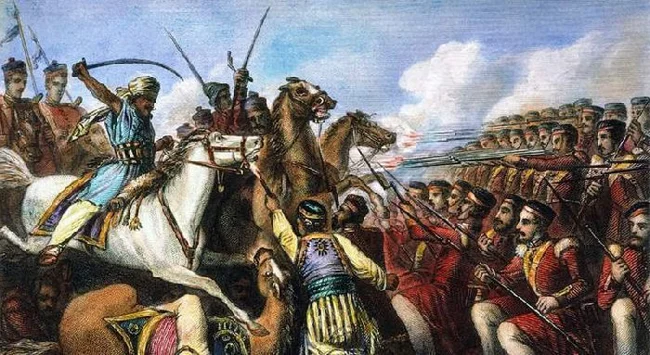
The Sepoy Rebellion in 1857-1859.
So Sikhs also served with the British. For example, they took part in the First World War. Then they were thrown into initially impossible tasks; there is a film on this topic “Recruit Sajjan Singh” 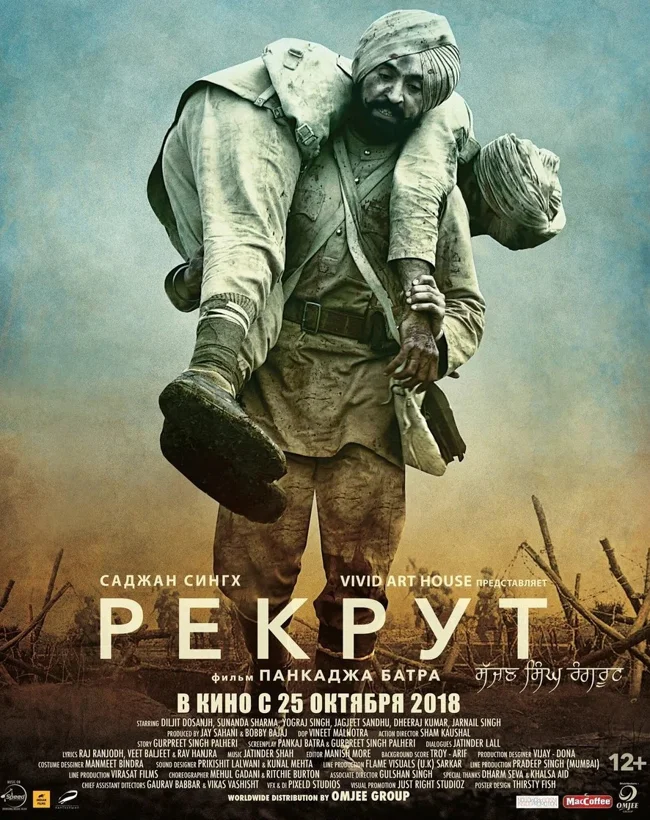
They also fought in World War II. In one of the operations, the Sikhs evacuated the British and French at the Battle of Dunkirk and were killed almost entirely. In general, they fought desperately, but not for long.
And when the British Empire collapsed, some of the Sikhs went to England - now there are a lot of their descendants there. They serve in the army and already sit in parliament. Such is the historical zigzag.
